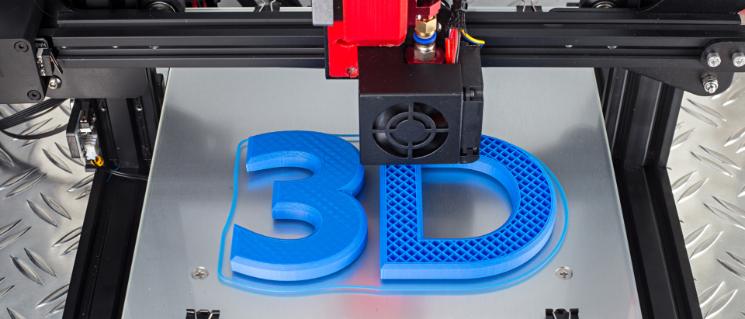3D printing, also known as additive manufacturing, is a process of creating three-dimensional objects by laying down successive layers of material. In recent years, 3D printing technology has advanced significantly and become more accessible to both individuals and businesses. As a result, the applications of 3D printing are now vast and varied.
One of the most significant applications of 3D printing is in the field of product development and prototyping. Traditional manufacturing methods, such as injection molding, can be time-consuming and costly. 3D printing, on the other hand, allows for rapid prototyping and iteration, enabling companies to quickly test and refine their designs. This not only saves time and money, but it also allows for greater innovation and creativity.
3D printing is also making a significant impact in the field of medicine and healthcare. Medical professionals are using 3D printing to create customized prosthetics, implants, and surgical tools. In addition, 3D printing is being used to create models of organs and bones, which are used for surgical planning and practice. This not only improves the precision of surgeries but also helps to reduce the cost and recovery time for patients.
The aerospace and automotive industries are also utilizing 3D printing to create lightweight, high-strength parts that are used in aircraft and vehicles. This not only improves the performance of these machines but also helps to reduce their overall weight, which results in fuel savings and a decrease in carbon emissions.
3D printing is also having a significant impact on the field of architecture and construction. Architects are using 3D printing to create models and prototypes of buildings and structures, which helps to visualize and test different design options. In addition, 3D printing is being used to create actual building components, such as structural elements and facade elements. This not only speeds up the construction process but also allows for greater design flexibility.
In addition, 3D printing is being used to create unique and personalized items such as jewelry, fashion, home decor and even food. Artists and designers are using 3D printing to create one-of-a-kind pieces that would be difficult or impossible to create using traditional manufacturing methods. Furthermore, 3D printing is also being used to create replacement parts for household items and consumer electronics, which can save money and resources.
Another important application of 3D printing is education. 3D printing is used to create physical models of geometric shapes and other objects, which helps students to better understand and visualize complex concepts. Additionally, 3D printing is also used to create instructional materials and tools, which can make learning more interactive and engaging.
3D printing is also being used to create replacement parts and tools for use in remote or disaster-stricken areas. This can help to save lives and improve the overall quality of life for people in these areas.
In conclusion, 3D printing is a revolutionary technology that has the potential to change the way we think about manufacturing, design, and even creativity. Its applications are vast and varied, and it is already having a significant impact in a wide range of industries, including product development, medicine, aerospace, architecture, education, and more. As the technology continues to evolve and improve, we can expect to see even more innovative and exciting applications of 3D printing in the future.




0 Comments